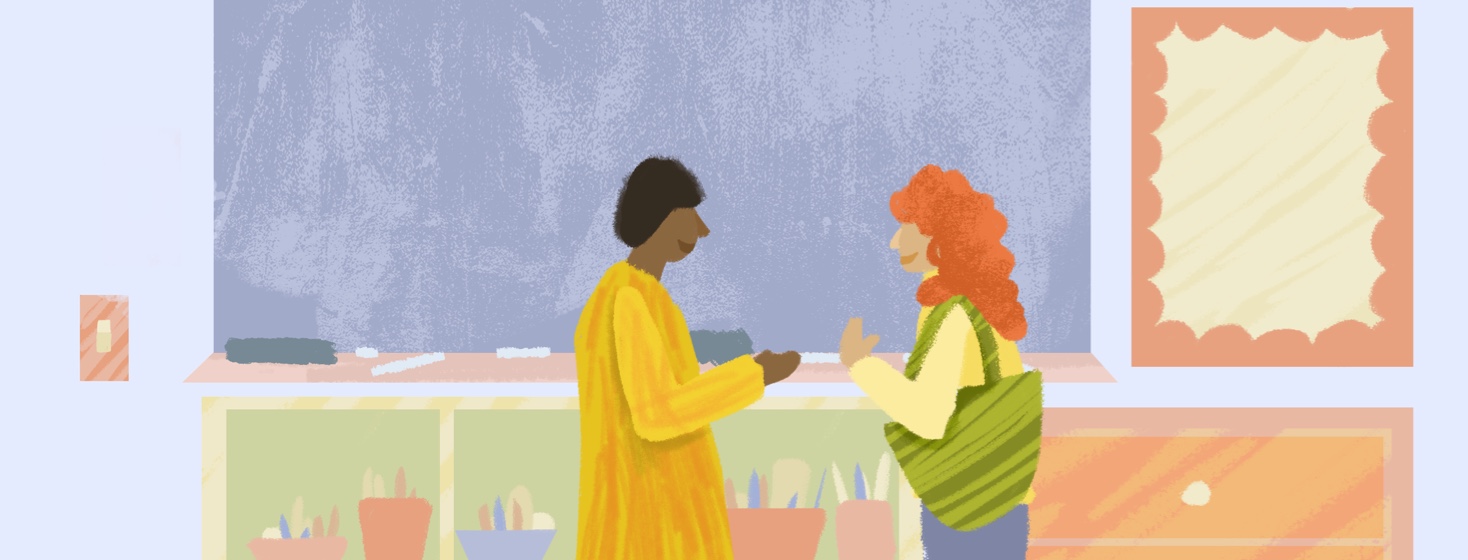Seizure Smart Schools are Crucial for Teachers and Students
Seizure education for teachers was something I'd never thought about while growing up because I wasn't diagnosed with epilepsy until my mid-20s. In my small Minnesota town, I'd never witnessed anyone have a seizure, so learning seizure first aid had never crossed my mind.
Not until I connected with the Epilepsy Foundation of Minnesota for a project did I realize the need to educate school teachers. In the United States, 470,000 children have epilepsy, but less than half of states provide required seizure education for teachers. And some of those states only recently implemented this education.1
Advocating for Seizure Smart Schools
My state was one. I joined dozens of people at the state capital in 2019 for Epilepsy Day at the Capital to personally talk with lawmakers about the need for seizure first aid education in schools. It wouldn't cost the state anything. After continued efforts, this year the state finally passed Seizure Smart Schools legislation that requires all K-12 school staff to learn basic seizure education about the main types of seizures and to learn first aid.
The training started this fall, and it also mandates that seizure action plans be on file for every student diagnosed with epilepsy or a seizure disorder, and it requires those plans be available to all those responsible for supervising the student. In addition, school nurses or a designated person in the absence of a school nurse must be trained to give seizure rescue medication or medicine prescribed to treat seizures.
Minnesota is 1 of 18 states that have approved Seizure Smart Schools legislation, including Kentucky, Indiana, Texas, Alabama, and Illinois.2
Teaching educators the basics about seizures
I substitute teach in a Minneapolis suburban district, so I was so happy to watch the video and answer the quiz questions and know that kids would get better care if they were to have a seizure at school. The basics – like what tonic-clonic and absence seizures look like, and first aid guidelines – are great first steps.
A few years ago, I personally saw one high school student have 2 small seizures at school and I was able to identify them right away because the teacher left behind a seizure action plan for her. One seizure was in the media center, the second was in the hallway of the large school. She needed rescue medicine so I was able to help call the school nurse to come right away. But in another case, one teacher didn't leave a seizure action plan so a 4th grader didn't get immediate attention. Thankfully, everything turned out fine.
Epilepsy awareness can start in schools
Prior to the state requirement, only 4 school districts in the entire state of Minnesota were confirmed as Seizure Smart Schools by the foundation, including the district in the city I live in. This school district even teaches students seizure education to provide a safe and supportive environment for students with epilepsy.
I think this is so important. There's no easier way to raise awareness about epilepsy. If you can educate kids at a young age, they will understand the brain and then hopefully they won't make fun of a classmate or adult as they get older. Seizures can be scary for a kid to witness, and that's why educating them is so important.

Join the conversation